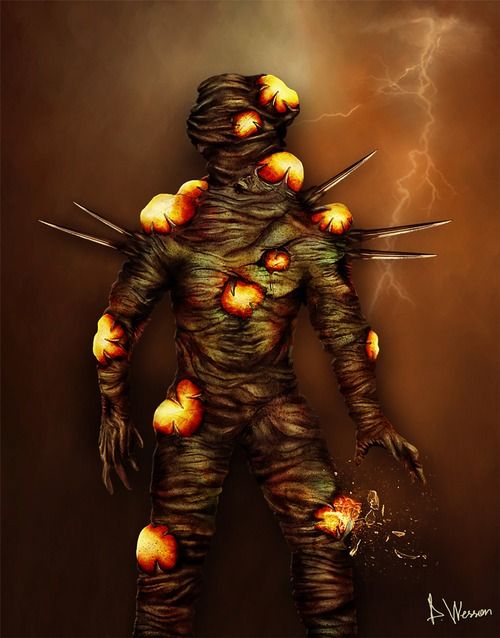

I think it might be fun at some point, if we live long enough.”Ī moment for the costumes at the real-life ball, though, because they deserve marveling, even a century-plus later. If people had been wandering around dressed as giraffes and Louis XV, I think it might have all been more muddling really.” He adds, “I’m not sure we’d never do costume ball. To surround her by figures more traditionally identifiable as high-society men and women as she finally crashes through the doors and gets there was more graspable.

The choreographed dances crossed through several sections of the house, inserting bodies, fabric, and props into spaces that had not yet been fully inhabited, the house having been finished only days before.”įellowes says that he did not make Bertha’s ball on the Gilded Age’s season finale a costumed affair because “I felt that it would rather confuse the visual image of Bertha making it. “Other quadrilles, including one with life-size hobby-horses attached to the waists of the dancers, flowed from the third-floor supper room (called the “gymnasium”), down the grand staircase, and into the drawing room on the second floor. “In the case of the Dresden Quadrille, the women dressed and powdered their faces in white to resemble Dresden china, becoming living statues within a home that abounded with sculpture, painting, and decorative arts,” writes the Met. (All the better to show off her sprawling real estate!).

The quadrilles had been rehearsed for weeks in advance, and were choreographed in different, elaborately decorated areas of the Petit Chateau. (Popular in the 18th and 19th centuries, the quadrille was a four-couple dance and formal forbear to the square dance.) Many balls featured one quadrille, but Vanderbilt’s featured six-each with clever theme and costume. There were precise details about the anticipation ahead of the event (it “has agitated New-York society more than any social event that has occurred here in many years”), a tick-tock of the event itself, a description of the evening’s best costumes, and a recap of the quadrilles. Vanderbilt’s Great Fancy Dress Ball” made the front page of The New York Times and spilled onto a second. The hostess was so determined to show off her property that she (or one of her staffers) invited a New York Times journalist to tour her home before the party, even providing precise measurements of the rooms and the name of her florist, both of which appear in the report. The ruse worked and, because of Caroline’s attendance (approval her 1,000-plus guests could witness at last!), the ball marked Vanderbilt’s official coming-out. After facing reluctance from the old-money snobs, most notably Astor, Vanderbilt decided to throw an elaborate 1,200-person costume ball-and cannily ensnared Astor’s own daughter in her strategy, refusing to invite the teenager (who was supposed to take part in a dance with Alva’s daughter) unless Caroline herself paid a visit. In real life, Vanderbilt-an inspiration for Carrie Coon’s Bertha Russell-was desperate to establish herself in polite society upon her arrival in New York with husband William. “I’m just going to lift the whole thing, and put it into the drama.” “I remember when I read about Alva’s ball, I thought, this is so great,” Fellowes told Vanity Fair on a recent Zoom. So when the writer stumbled upon the tale of Alva Vanderbilt’s historic 1883 ball-and her astonishingly shrewd machinations, which essentially forced New York’s queen bee, Caroline Astor, into attendance-he knew he wanted to spotlight that real-life incident in the The Gilded Age’s season one finale. The screenwriter earned an Oscar for Gosford Park, scores of awards and nominations for Downton Abbey (with another movie on the way this May), and growing interest in his latest upstairs-downstairs endeavor airing on HBO. The Gilded Age creator Julian Fellowes knows a good story.


 0 kommentar(er)
0 kommentar(er)
